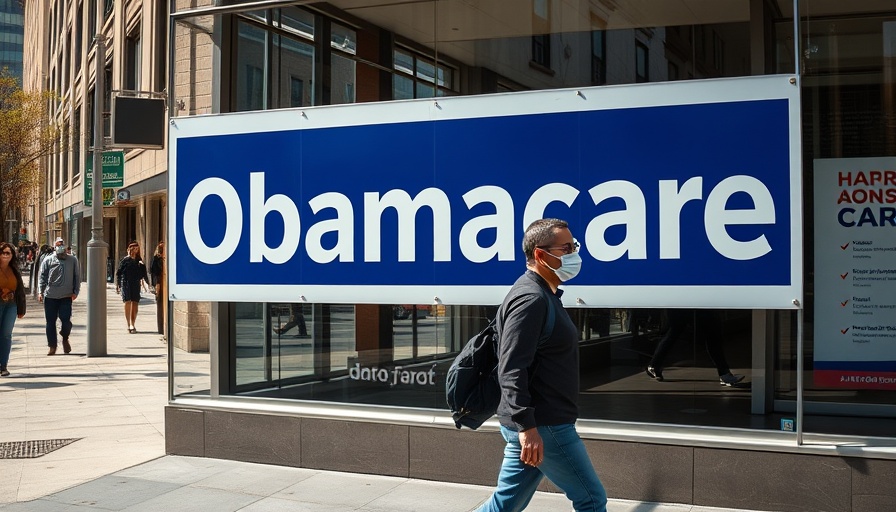
Explosion of ACA Enrollment: A Closer Look at the Numbers
According to a recent research brief by KFF, enrollment in the Affordable Care Act (ACA) marketplaces has surged significantly over the past five years, doubling from 11.4 million in 2020 to 24.3 million in 2025. This remarkable growth is particularly evident in states that supported President Donald Trump during the last election, where an astonishing 88% of this increase has been registered. This data raises questions about the implications for both political parties and the electorate, particularly as the enhanced federal financial assistance that has fueled this growth faces potential expiration at the year's end.
The Role of Federal Financial Assistance and Political Implications
The substantial increase in ACA enrollments has largely been attributed to the enhanced federal financial assistance introduced in 2021. These premium subsidies not only expanded access to affordable health care but also helped reduce the financial strain on many families. However, this support is projected to lapse soon, affecting millions who depend on it. The political ramifications are significant, as maintaining or renewing these subsidies may be critical for Republican lawmakers in Trump-supporting states, where the failure to support continued assistance could jeopardize their electoral base.
Enrollment Trends in Key States
Enrollment spikes have been especially noticeable in traditionally Republican states. For instance, Texas, Mississippi, and West Virginia saw enrollments more than triple, highlighting a growing demand for accessible health coverage. This trend is noteworthy not only for its immediate impact on health care access but also for the potential shift it could represent in the political landscape. With a strategy that emphasizes health care affordability, certain GOP leaders could gain traction in states by advocating for the preservation of these essential subsidies.
Impacts of Lapsed Subsidies on the Uninsured Rate
Failures to extend the financial assistance could result in a dramatic increase in uninsured individuals, as studies suggest that millions could find themselves without coverage if the subsidies are not normalized. Currently, over half of enrolled individuals credit enhanced subsidies as crucial for their ability to afford health insurance. This reality underscores the urgent need for both parties to address the issue before the looming deadline.
Community Health and Wellness Connections
Understanding the ACA's impacts reaches beyond mere enrollment statistics to touch upon broad community health and wellness. As more people can afford coverage, the benefits extend into local economies, allowing healthcare investments that stimulate public health initiatives. In cities like San Antonio, the result could mean an uptick in community health projects that prioritize optimal health and wellness. Businesses in health and wellness sectors stand to grow, potentially reshaping the economic landscape.
Future Predictions: What Lies Ahead?
Looking ahead, the future of the ACA seems precarious without decisive congressional action. The expiration of enhanced subsidies may not only hinder access for many but could prompt a broader reconsideration of healthcare reforms moving forward. Advocating for alternative solutions—whether through continued funding or different models of assistance—could become central to discussions as states confront rising health care costs.
Conclusion: The Call for Action
The unfolding ACA enrollment increase driven by states won by Trump serves as a crucial indicator of public demand for affordable healthcare. As citizens concerned about their health and wellness, taking an active interest in these discussions, advocating for necessary reforms, and remaining informed about ACA changes is vital. Continuous engagement and advocacy may ensure not only the stability of their existing coverage but also the health and wellness of their communities.
 Add Element
Add Element  Add Row
Add Row 




Write A Comment